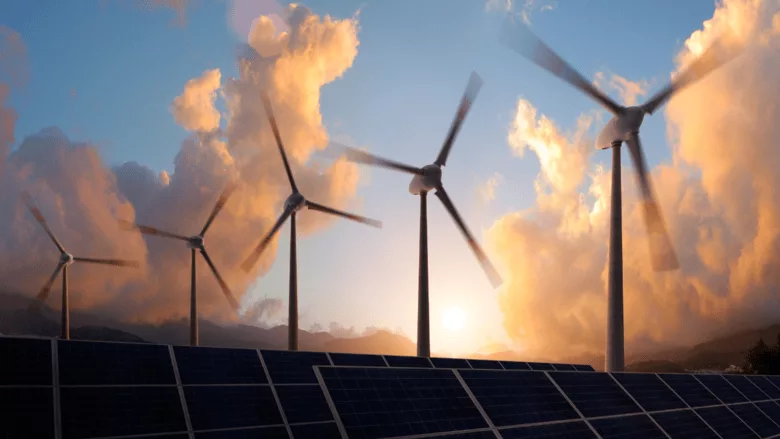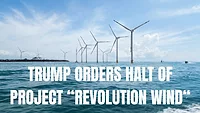"Wind and Solar Subsidies Are No Longer Worth It"
Critics push back at bold comments made by Energy Secretary

Image via Peter Schreiber from Getty Images
Energy Secretary Chris Wright isn’t holding back. This week, he came out swinging against wind and solar subsidies, calling them “insanity” that’s gone on for far too long. In a fiery op-ed supporting the GOP’s “One Big Beautiful Bill,” Wright argued that these long-standing green energy tax breaks — especially those expanded under the Inflation Reduction Act — have actually made things worse, not better, for the economy and the power grid.
Wright criticizes wind and solar for their unpredictability: they only generate electricity when the wind blows or sun shines—not necessarily when demand peaks. He cites a mid-winter peak in the PJM grid, where coal, natural gas, and nuclear accounted for nearly 93% of power — and renewables barely registered.
He argues decades of subsidies haven’t lowered consumer prices. Despite the REPTC being extended 12 times, average household electricity costs remain higher today than in 1992 (adjusted for inflation). According to Wright, wind and solar often force utilities to install backup power sources—costs ultimately borne by ratepayers.
What Wright Proposes
The proposed legislation would:
Phase out wind and solar tax credits under the IRA
Shift subsidy focus toward petroleum reserves, nuclear, and traditional energy sources
Enforce subsidy sunset clauses for renewables, letting economically viable projects continue independently
Critics Respond: Higher Costs, Job Losses, and Climate Impact
Industry analysts warn that abruptly eliminating clean-energy incentives could increase electricity costs, especially in 19 states across the U.S. The Clean Energy Buyers Association finds that such repeal would harm major energy consumers and drive reliance on expensive, and sometimes unreliable, gas plants. Not to mention the obvious climate impact.
Commentators suggest slashing green energy credits might hurt Republicans electorally, especially in key states like Iowa, Kansas, and North Carolina. Republican senators like Collins and Moran caution against aggressive rollbacks that could cost jobs or trigger backlashes.
Rudy Garza, CEO of CPS Energy in Texas, says renewable energy and battery storage have significantly improved grid resilience, cutting the chance of rolling blackouts from 12% to under 1%—a success he warns may unravel without continued incentives.
Solar Energy Industries Association CEO Abby Hopper warned the proposed tax changes would hurt American energy workers and send electricity prices soaring, possibly costing tens of thousands of jobs.
Proponents argue that renewables underperform during peak demand and fuel costs rise due to parallel infrastructure needs.
But supporters point to studies showing:
- Renewables can be cheaper than fossil fuels.
- Proper market design and storage systems can integrate high renewable shares efficiently.
- Tax credits have helped drive down costs dramatically, contributing to energy savings of $520 billion globally in 2022.
Next up is a looming Senate debate, President Trump and conservative lawmakers are pushing hard for steep cuts to renewable energy subsidies. On the other side, Democrats — including Senate moderates and clean energy advocates — are pushing back, warning that rolling back these incentives could lead to job losses and higher energy prices. While the sides are deeply divided, there’s broad agreement on one point: this debate is set to shape the future of America’s energy strategy.
The clash raises essential questions: Can the clean energy transition survive subsidy removal? What is the real cost of keeping—or cutting—renewable incentives?
Looking for a reprint of this article?
From high-res PDFs to custom plaques, order your copy today!




.webp?height=200&t=1761180372&width=200)

